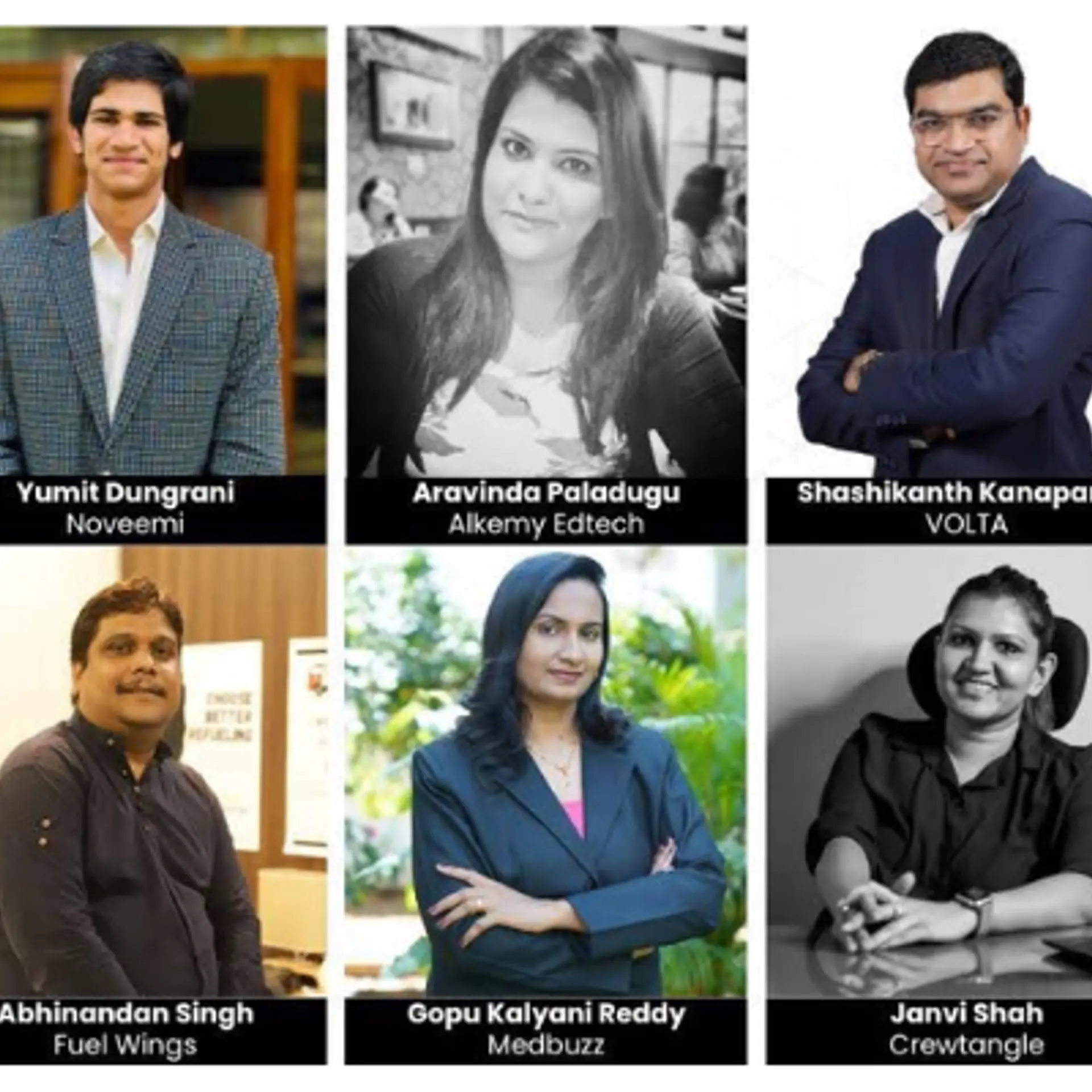Women empowerment is IKEA’s code of business in this little UP village
With the introduction of semi-mechanised looms, Swedish furniture retailer IKEA and its Indian partner EHI are bringing the women of Bhadohi into the workforce.
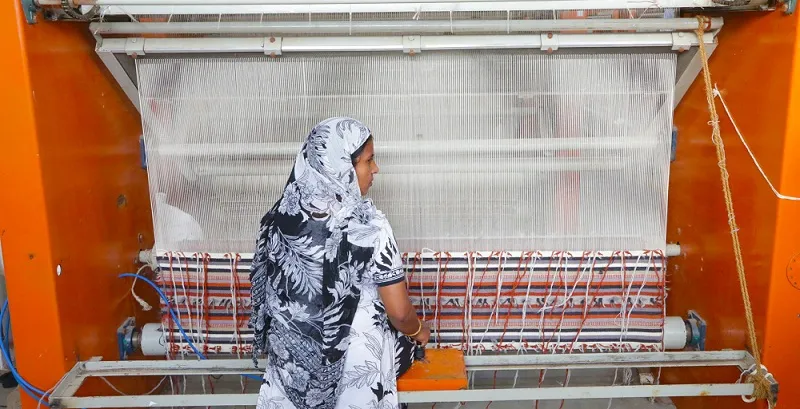
Seemabanu, 46, bought a pair of gold earrings recently. She is excited because she bought them with her earnings, for the first time in her life. Till two years ago, Seemabanu, of Bhadohi village in Uttar Pradesh, was unemployed; she raised six children while her husband worked for daily wage.
Today, her children are in school, while Seemabanu works as a carpet weaver and earns around Rs 300 per day. She remains independent, healthy, and hopeful – all thanks to a Swedish company that has been quietly weaving business out of Indian villages by empowering women at the grassroot level.
IKEA is probably the most famous brand in furniture and home décor globally. Founded by 17-year-old Ingvar Kamprad in 1943 in Sweden, the 74-year old brand headquartered in Netherlands has more than 400 stores across 50 countries.
In these stores, which are roughly 40,000 sq ft – or six football grounds put together – each, IKEA sells 9,500 items under 34 categories, including textile, steel, aluminium etc.
IKEA’s first store in India is set to open in Spring 2018 in Hyderabad. But IKEA’s relationship with India goes long back – about 40 years in fact. Their first office in India was set up 30 years ago, when they started importing carpets and textile items manufactured in India – mostly from villages in Kerala, UP and Rajasthan.
The textile categories supplied from India include bedding, kitchen towels, bedsheets, curtain, carpets, furniture fabric, and upholstery.
IKEA has seen carpet-weaving in India grow from a cottage industry to an automated one. During the last 10 years, they have built stronger relationships with suppliers here, and brought advanced technology and training to improve working conditions.
The women of Bhadohi, who never had a culture of working alongside men in factories, were among the beneficiaries of this silent revolution.
Building tech for the weaver
Punja Loom, one of the oldest techniques to manufacture dhurries, needs a lot of training and effort, with minimal technological advancement. Hence, over time, weavers’ interest in this profession fell in villages like Bhadohi and Mirzapur, traditionally famous for their carpets.
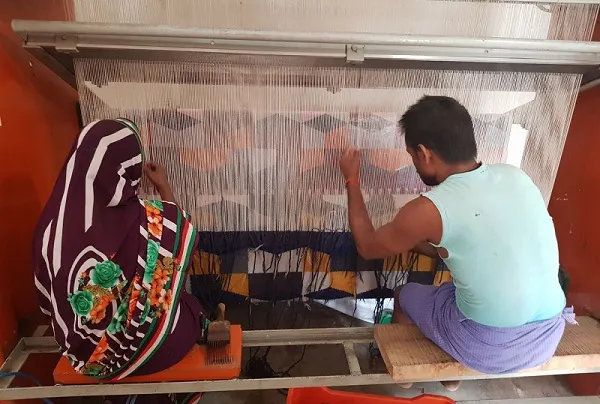
In November 2013, IKEA launched its own design of the Punja Loom, in Bhadohi. The loom was co-created with Eastern Home Industries (EHI), which has been IKEA’s supplier for more than 10 years. The loom is designed to produce better quality dhurries while increasing the productivity by 25-40 percent.
IKEA claims that the new loom - with adjustable height and comfortable seating position - takes better care of the weaver’s long-term health. According to them, this ergonomically designed loom also encourages more women weavers to join the workforce because of its ease of use.
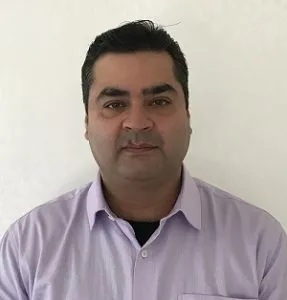
Talking to YourStory, IKEA’s Sustainability Manager (Textiles) Rahul Ganju said, “From a manufacturing point of view, there is a perfect blend of craftsmanship, artisanship and automation in Punja Looms. These are the fourth generation of looms. Traditionally, Punja Looms were used on the floor. The journey from the horizontal loom to the vertical loom started in 2008. We worked with some weavers and suppliers for the first manual version of vertical loom. Improving on that model, we added some automation. Efficiency has gone up by 60-70 percent. These looms are very comfortable – they don’t drain them out. The weavers’ effort is minimal in making the carpet now.”
Punja Looms have no patent. Rahul says this was a conscious decision as IKEA wants people to copy it and propagate the skill.
What India means to IKEA
IKEA has manufacturing units in about 28 countries, including China, and more than 120 suppliers.
Rahul reveals how India has been important to the brand, which is among the world’s most valued ones.
“India possesses the know-how of hundreds of years, unique skills, generational knowledge, availability of workforce and the correct setup, as well as raw materials like cotton,” he says.
(Sweden-based Rahul has been with IKEA for 12 years. He is the head of textile and purchase business, responsible for five different categories they manufacture – carpets, textile products, synthetic textiles, furniture fabric (upholstery) and blinds.)
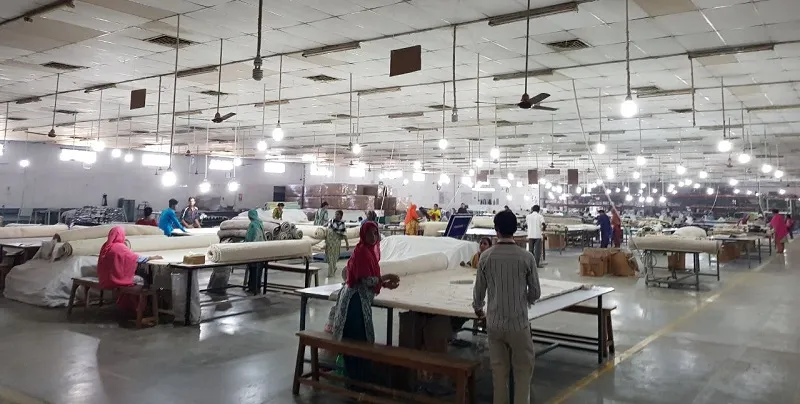
IKEA’s design team often comes to these manufacturing centres to get some designs made, get inputs from suppliers on how to make them better, how customers can get a richer feel for the carpets etc.
Why Bhadohi and EHI?
Why did IKEA tie up with EHI, a third-generation enterprise, for Punja Looms?
Rahul explains, “For any partnership, a shared value and culture is important. It is not just about buy and sell – we are transforming the industry. When looking for suppliers, we came to know about EHI and approached them. We want utmost reliability and compliance in the supply chain. Besides these, EHI has a sustainable model, and, most importantly, the zeal to work with IKEA to make a change.”
Although EHI sells to US importers too, 50 percent of their sales are to IKEA. Under 12 different SKUs, EHI ships 800-900 IKEA products every day.
EHI uses its own designs as well as IKEA’s global designs for IKEA products. The company has been expanding annually by 30 percent for the last eight years. They employ around 1,500 weavers, and use 700 Punja Looms, 200 normal looms, and 100 handlooms.
According to Rahul, this is a unique system where maximum processes are happening under one roof.
“It’s a very integrated factory. EHI is the only company in the world where we have handloom, machine made, Punja Loom etc.,” he says.
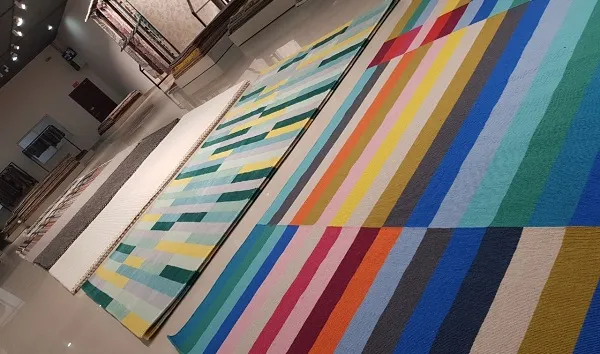
In Bhadohi, they noticed that women weavers – who work from home for as little as Rs 1,000 per month – were a huge, untapped resource.
EHI Owner and Chairman Zafar Ansari recollects, “If we could get women, it would be more sustainable and long term. But this is a culturally backward area, and the idea of women working in factories is frowned upon. I personally went and spoke to 200 families, and assured them of safety and commute between home and factory. Cooperating with IKEA, we trained them for 2-3 weeks too.”
It was tough; most women tended to leave in a few days. But EHI persevered.
In 2012 they had barely 30 women, now there are 300 as every woman is confident and brings in family and friends. Although men are also trained, the focus is on women.
The minimum wage of Rs 300 per day for each weaver is revised every six months, according to the state’s law.
“We ensure that all legalities are followed in the factory. We also provide incentives for working beyond minimum hours,” Zafar says.
Efforts are on to let the women bring their children to work. “We will provide facilities, but it’s a village setup so will take time to convince them,” Rahul says.
What is next for IKEA in India?
About 5 percent of IKEA’s inventory comes from India. Rahul says they are aiming to increase this percentage.
“India is a huge focus for IKEA. This number (5 percent) is for the global market alone, not for the Indian market. When we start producing more for India and other countries, we will increase production also.”
Rahul adds that working conditions have already improved a lot for the weavers, and that all their weavers are provided a bank account.
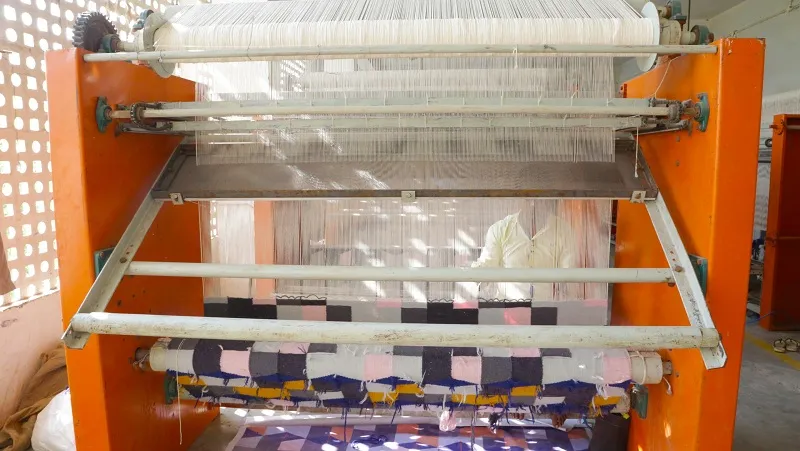
IKEA has teams in India that are continuously in touch with government bodies like Carpet Export Promotion Council.
“We collaborate with external parties to impart skills too. But getting cooperation from the Skill Development Ministry is a tedious process. We would rather do it ourselves than go through it. We will cooperate when we find the right alliance,” Rahul says.
For women like Seemabanu, who would otherwise have remained home and financially dependent, IKEA is a lifesaver. Will their Indian counterparts follow this lead?
(This writer was in Bhadohi for a tour of EHI’s factory where about 20 percent of their weaver workforce is women.)






